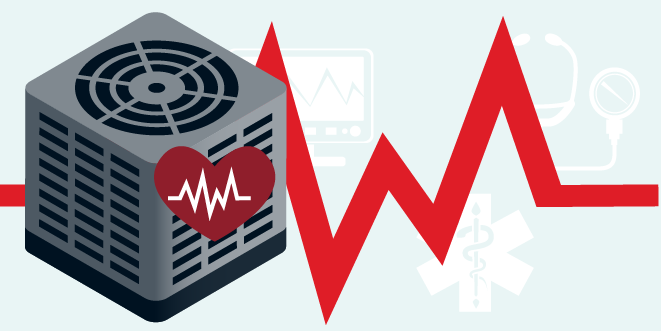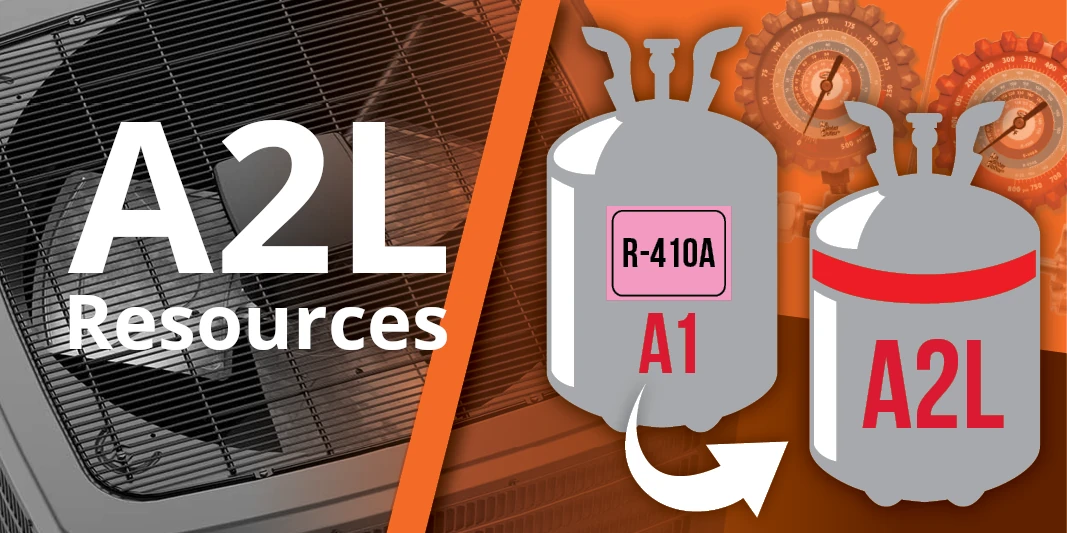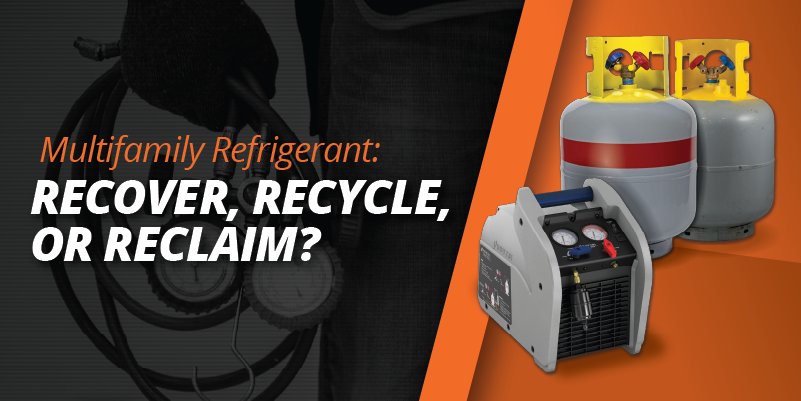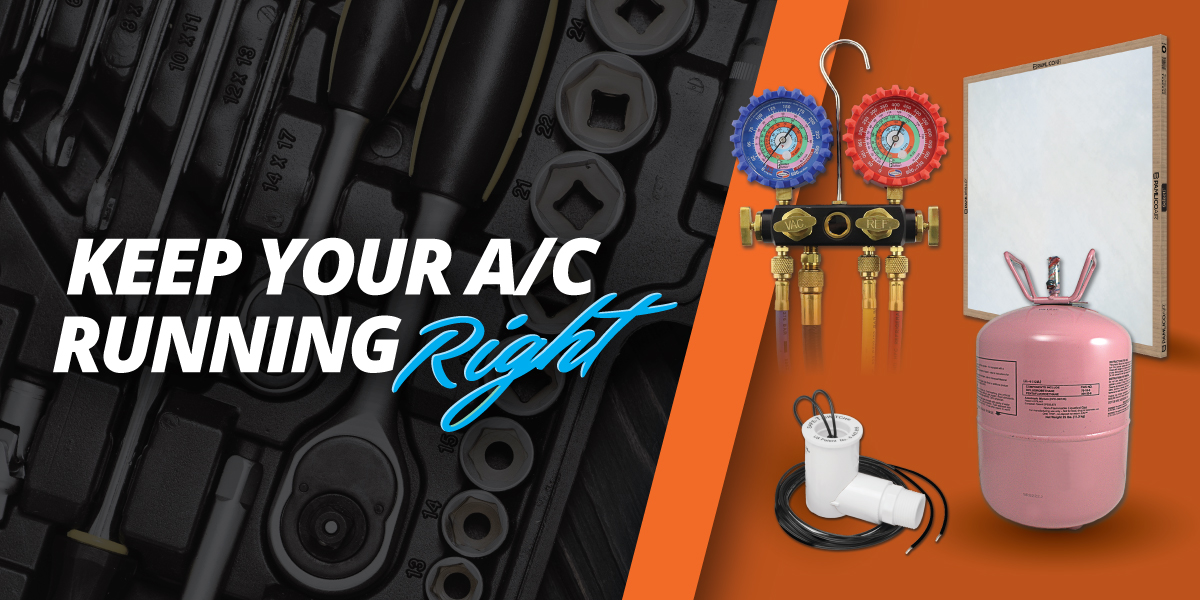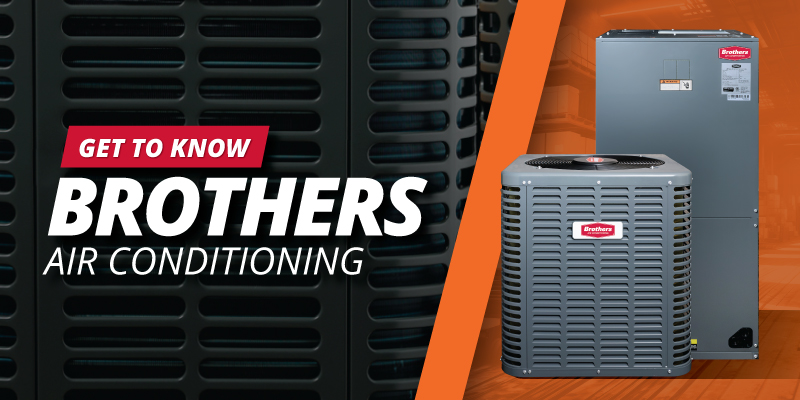HVAC Hard Start vs. Compressor Saver
What’s the difference and when should they be used?
How many times have you opened an HVAC condenser panel to find a Hard Start Kit installed? Have you ever installed a Hard Start Kit with plans to leave it there long-term? Just like any piece of equipment, there is a right time and place for use—that includes Hard Start Kits and Compressor Savers.
An HVAC compressor needs 5 to 10 times the electric current to start up than to remain running. This large initial electricity draw creates a surge of heat, and over time, starts to damage the compressor and other important condenser components. As a system ages, the compressor starts to wear out and it will eventually require even more electricity to get the compressor to “start” and shift to “run” mode.
What is a Hard Start Kit?
When a compressor is having a hard time getting started, using a Hard Start Kit is a common way to give the compressor a boost—kind of like a defibrillator. The Hard Start Kit is simply a start capacitor that stores energy to help give the compressor the power it needs to start quickly. Hard Start Kits are a great tool to have on hand for short-term use—however, they are not meant to be left on the condenser long term.
What is a Compressor Saver?
A better long-term solution is a 5-2-1 Compressor Saver. Think of a Compressor Saver as a pacemaker, working continually to keep the compressor starting without issue. The use of a Compressor Saver reduces the surge of heat experienced when a compressor turns on, effectively reducing overall wear and tear on the compressor and condenser over time.
A Compressor Saver includes a potential relay in conjunction with the start capacitor. When the compressor starts, the relay turns on and signals the energy being stored in the capacitor to be used to power the compressor. The relay continually reads the electrical current from the compressor and when it reaches a specified level, the relay turns off and the start capacitor no longer needs to help the compressor.
How do I know which to use?
Once the compressor is running, the only way to truly know if the compressor is nearing its end of life is to measure the amp draw as the compressor turns on using a clamp-style multi-meter. Then, compare the Rated Load Amps (RLA) to what is specified on the compressor’s data plate.
If the RLA is NEAR or OVER the rating, this indicates the compressor is nearing the end of its life. In this case, we suggest leaving the Hard Start Kit on the condenser and think of the compressor as being on borrowed time. Know that either a compressor replacement or a new condenser install will be needed soon. Take the time remaining to plan and schedule the install in the next month or so, to avoid finding yourself doing an emergency repair or replacement.
If the RLA is under the rating, switch the Hard Start Kit to a 5-2-1 Compressor Saver for continued start-up assistance and to help prolong the life of the air conditioner.
A doctor would not use a defibrillator on a heart patient who could live many more years with a pacemaker. Repeatedly shocking the heart back to beating would only wear the person down.
Think of your compressor as the unit’s heart and apply the same lesson here. While a Compressor Saver is about 3 times the price of a Hard Start Kit, the use of one will help the compressor last longer, the air conditioner to cool more effectively, and ultimately cost less in the long run. A win for all in multifamily housing—owner, maintenance tech, and occupant.

